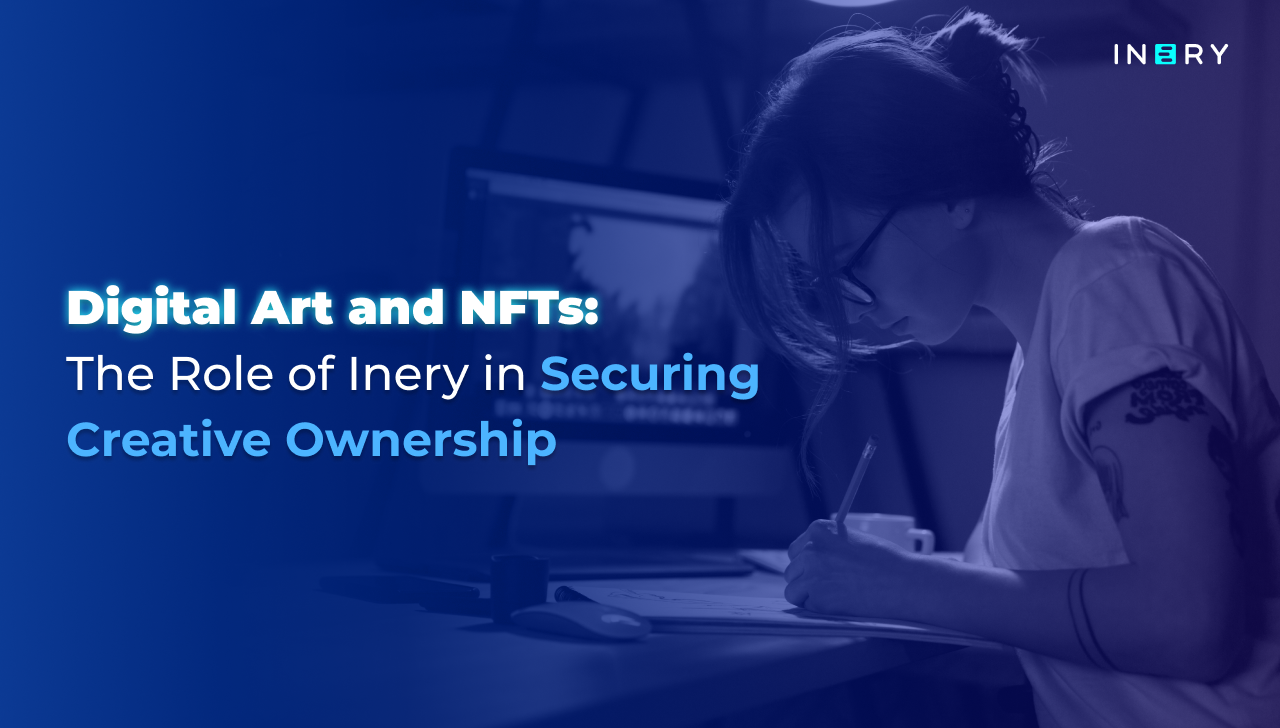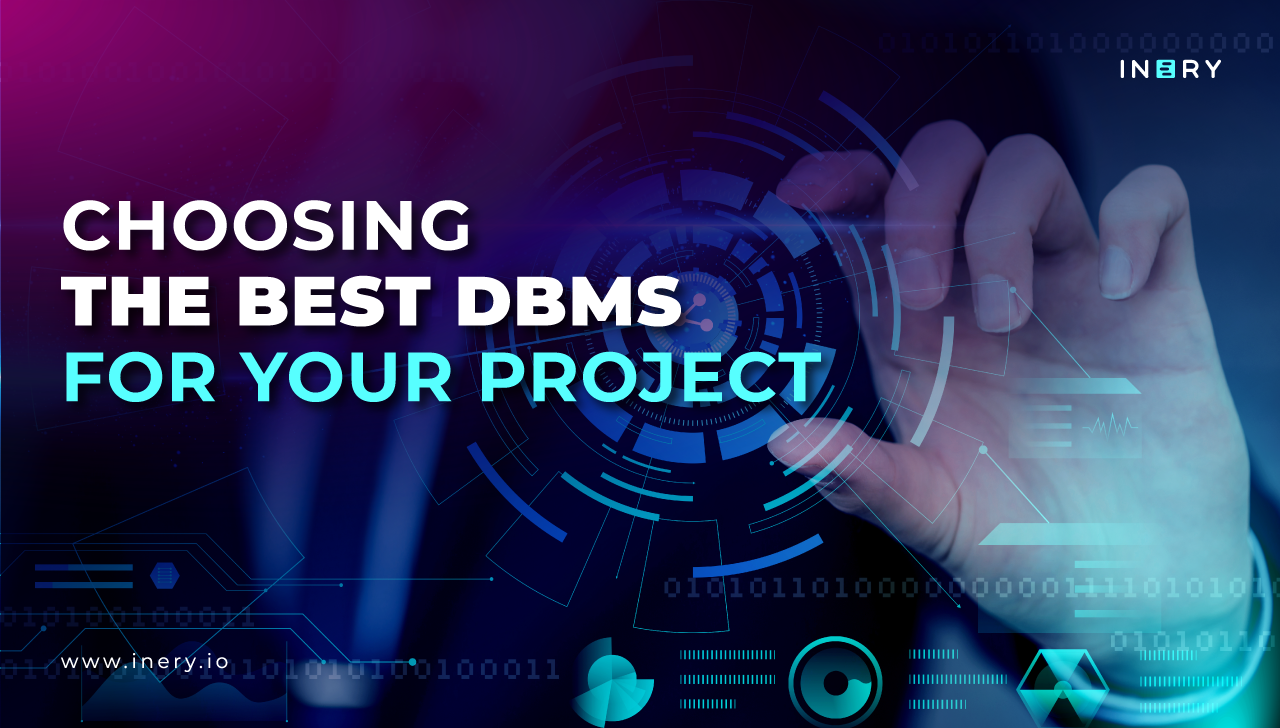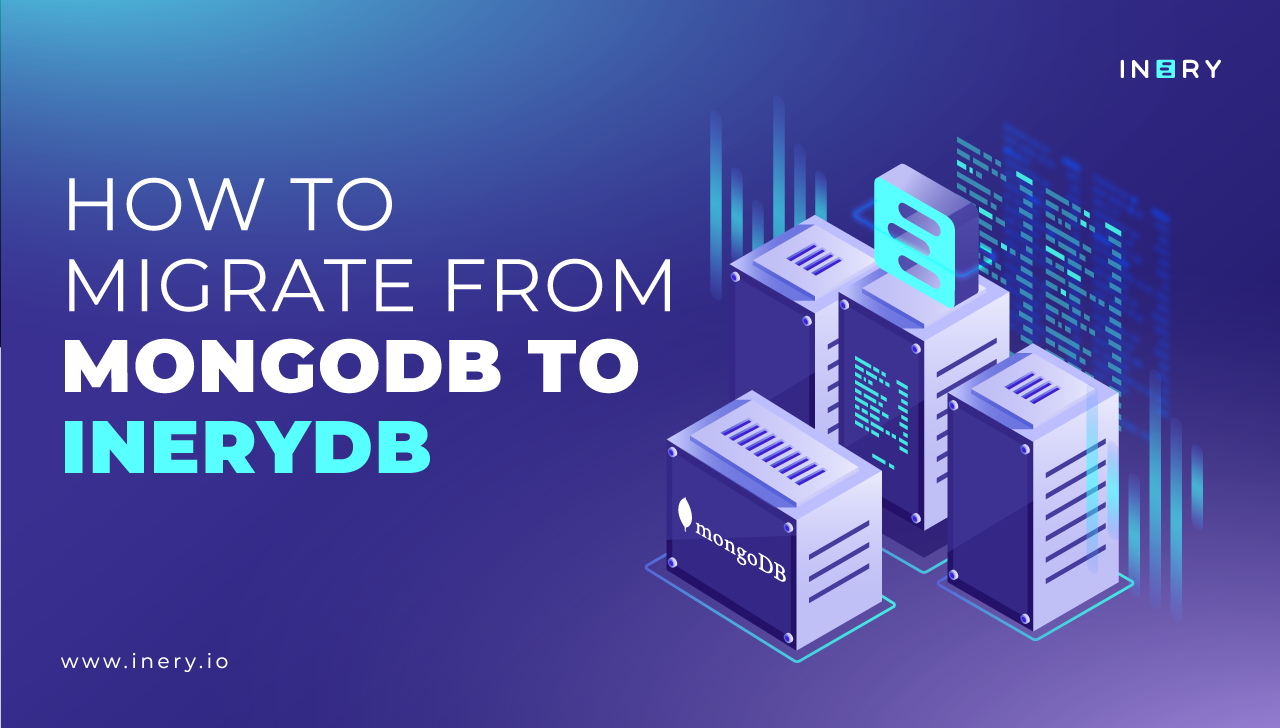The history of art is rich and varied, with ownership and provenance playing critical roles in its evolution. From ancient frescoes to contemporary installations, the question of who owns and controls art has always been a significant issue. Traditionally, art ownership was straightforward — physical artworks had a clear chain of custody. However, the emergence of digital art has complicated this landscape, bringing both opportunities and challenges.
Historical Perspective on Art Ownership
Art has always been a reflection of its times, often linked to the wealth and status of its owners. In the Renaissance, patronage systems saw wealthy individuals and institutions commissioning works from renowned artists, establishing clear ownership from the outset. As art markets evolved, the provenance of a piece—its documented history of ownership — became crucial for verifying authenticity and value.
The 20th century saw the rise of art galleries and auction houses, further formalizing the mechanisms of art ownership. Despite these advancements, issues of forgery and theft persisted, necessitating robust systems for verifying ownership and authenticity.
The Emergence of Digital Art
The advent of the internet and digital technologies brought a new form of artistic expression — digital art. Unlike traditional art forms, digital art exists in a virtual space, which can be easily replicated and distributed. This poses significant challenges for artists in protecting their work and securing fair compensation. Enter Non-Fungible Tokens (NFTs), a revolutionary solution that has transformed the digital art market.
Understanding NFTs
NFTs are unique digital tokens that represent ownership of a specific item or piece of content on the blockchain. Unlike cryptocurrencies such as Bitcoin, which are fungible (each unit is identical), NFTs are unique and indivisible. This uniqueness makes them ideal for representing ownership of digital art.
NFTs made a significant impact in the art world around 2020-2021, with high-profile sales capturing global attention. They allow artists to tokenize their work, creating a verifiable digital certificate of ownership that is stored on the blockchain. This certificate can be bought, sold, and traded, ensuring that the artist retains credit and potential royalties from future sales.
The Importance of NFTs
NFTs address several critical issues in digital art, offering solutions that enhance security, compensation, and authenticity for creators. One of the primary benefits is ownership verification. NFTs provide a clear and immutable record of ownership, which is crucial for combating issues like plagiarism and unauthorized reproductions. This blockchain-based record ensures that the true owner of the digital artwork is always recognized, preserving the integrity and value of the piece.
Additionally, artist compensation is significantly improved with NFTs. Smart contracts embedded within these tokens ensure that artists receive royalties whenever their work is resold. This feature creates a sustainable income model for artists, allowing them to benefit from the increasing value of their creations over time, rather than only profiting from the initial sale. This ongoing compensation mechanism represents a revolutionary shift in how artists can monetize their work.
The Challenge of Ownership
Despite their numerous benefits, NFTs and digital art ownership come with a set of challenges that need careful consideration. One of the primary issues is the decentralized nature of blockchain technology, which can complicate legal enforcement. Unlike traditional art ownership, which relies on centralized authorities and clear legal frameworks, the decentralized aspect of NFTs means that there is no single entity responsible for regulating or enforcing ownership rights.
This can lead to disputes and difficulties in proving ownership or resolving conflicts when they arise. For instance, if an NFT is stolen or fraudulently duplicated, tracking down the responsible party and reclaiming ownership can be a complex and cumbersome process, often spanning multiple jurisdictions with differing legal standards.
Additionally, the environmental impact of blockchain transactions, particularly those involving proof-of-work (PoW) systems, has raised significant concerns. PoW, the consensus mechanism used by many popular blockchains like Bitcoin and Ethereum, requires vast amounts of computational power and energy to validate transactions and secure the network.
This energy-intensive process contributes to a substantial carbon footprint, which has been a growing point of criticism, especially as the popularity of NFTs surges. Critics argue that the environmental cost of these transactions outweighs the benefits, prompting calls for more sustainable alternatives.
Furthermore, the permanence of blockchain records, while generally an advantage, can also be a drawback. Once an NFT is minted and recorded on the blockchain, it is immutable, meaning it cannot be altered or deleted. This immutability can be problematic if an error occurs during the minting process, or if the digital asset associated with the NFT becomes corrupted or needs to be updated. The inability to modify these records without creating a new token complicates the management and maintenance of digital art collections.
Moreover, the relative novelty of NFTs means that the legal and regulatory frameworks surrounding them are still evolving. Many countries are in the process of developing laws and regulations to address the unique challenges posed by digital assets, but these are not yet universally standardized. This legal ambiguity can create uncertainty for artists and collectors, who may find themselves navigating uncharted legal territory without clear guidelines or protections.
Inery's Role in Securing Creative Ownership
Inery, a decentralized data management solution built on blockchain technology, offers innovative solutions to these challenges. Inery's platform combines blockchain’s core functionalities—immutability, security, and decentralization—with the needs of modern database management. Here’s how Inery can enhance the NFT and digital art ecosystem:
Decentralized data management: Inery provides a decentralized database that ensures data integrity and security. This is crucial for storing and managing the metadata and ownership records associated with NFTs, ensuring they cannot be altered or tampered with.
Cross-chain interoperability: Inery’s blockchain supports cross-chain data exchange, allowing NFTs to be seamlessly transferred and utilized across different blockchain networks without compromising security. This enhances the flexibility and usability of NFTs across various platforms and applications.
High throughput and low latency: With the ability to handle up to 16,000 transactions per second, Inery ensures that NFT transactions are fast and efficient. This capability is essential for the growing NFT market, where transaction speed can significantly impact user experience and market dynamics.
Environmental sustainability: Inery’s blockchain is designed with sustainability in mind, utilizing consensus mechanisms that reduce energy consumption compared to traditional proof-of-work systems. This addresses one of the significant criticisms of blockchain technology in the context of NFTs.
User-controlled data: Inery empowers users to control their data assets, aligning with the decentralized ethos of blockchain technology. Artists and creators can manage their NFTs and digital assets directly, without relying on centralized intermediaries.
Enhanced security features: Inery incorporates advanced security features, including tamper-resistant data storage and comprehensive security audits. This ensures that digital art and NFTs are protected against unauthorized access and cyber threats.
Conclusion
By integrating these features, Inery not only addresses the existing challenges in the NFT and digital art space but also paves the way for new opportunities and innovations. The platform's commitment to security, scalability, and sustainability makes it a robust solution for managing digital assets and securing creative ownership in the digital age.
In conclusion, as the digital art and NFT markets continue to grow, the need for secure, efficient, and sustainable solutions becomes ever more critical. Inery’s advanced blockchain technology offers a promising path forward, ensuring that artists can confidently create and share their work while retaining control over their digital assets. By leveraging Inery's capabilities, the digital art community can look forward to a future where ownership is clear, transactions are secure, and creativity is rewarded.

Inery•
1 year ago
Revolutionizing Sports Management: Secure Athlete Data with DLT
See how Inery's decentralized DLT technology secures athlete data, streamlines management, and fosters trust in sports organizations. ...READ MORE
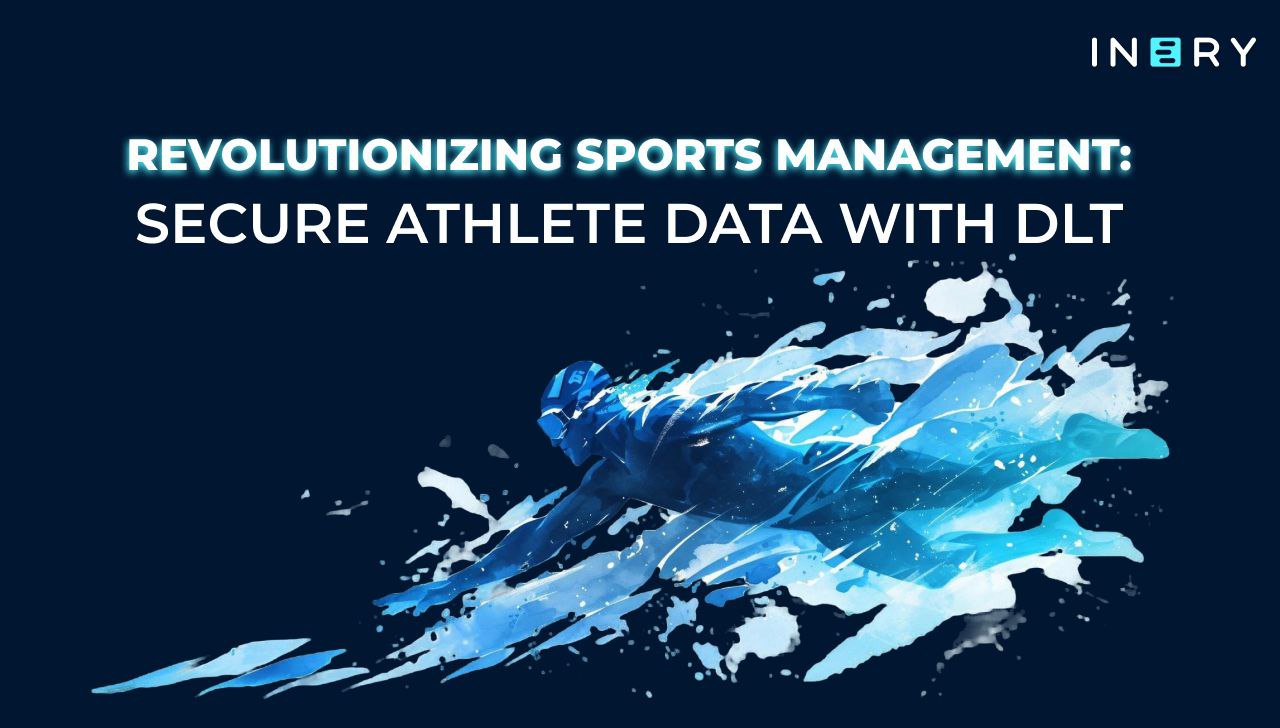
Share

Inery•
1 year ago
How IneryDB Can Enhance Autonomous Vehicle Data Management
Managing data for autonomous vehicles is complex, but IneryDB simplifies it with a decentralized, secure, and scalable solution. Learn how IneryDB enhances safety, reliability, and innovation in AVs. ...READ MORE
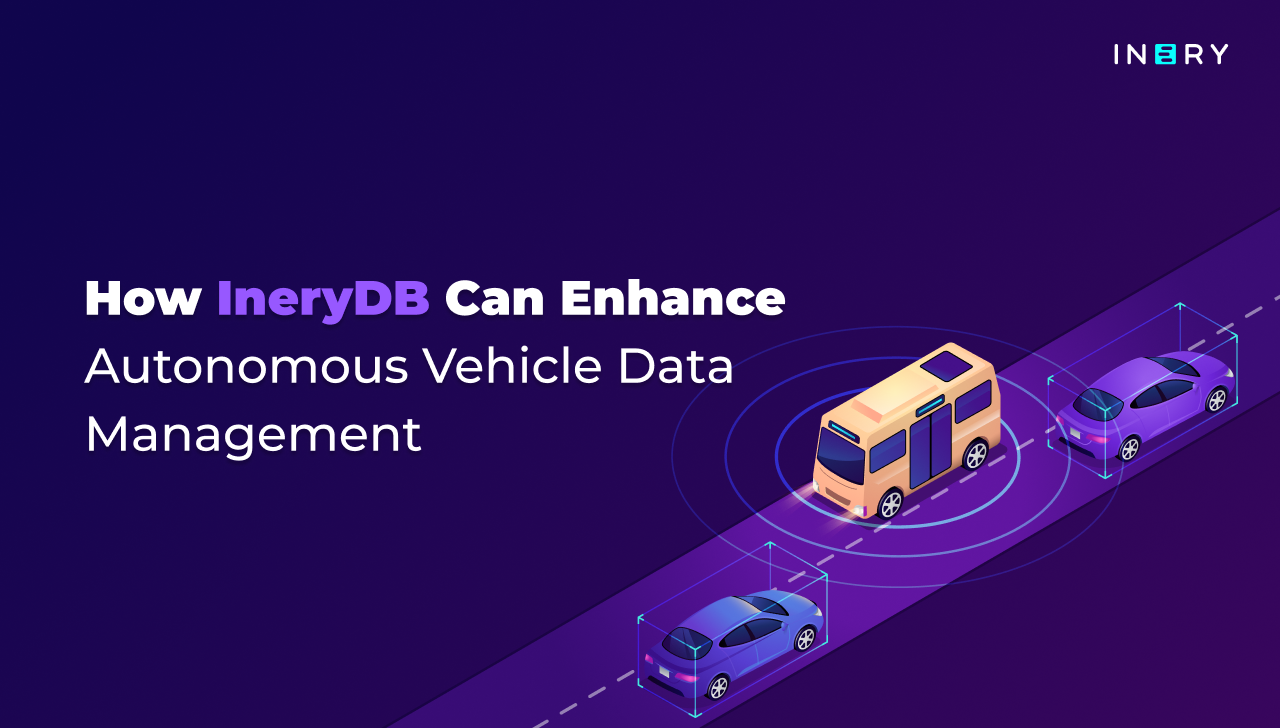
Share

Inery•
1 year ago
The World Wide Web Made For Users - By Users
Discover a digital revolution with Inery's Web3 vision, empowering users to redefine their online experiences through blockchain, decentralization, and user-controlled data assets. ...READ MORE
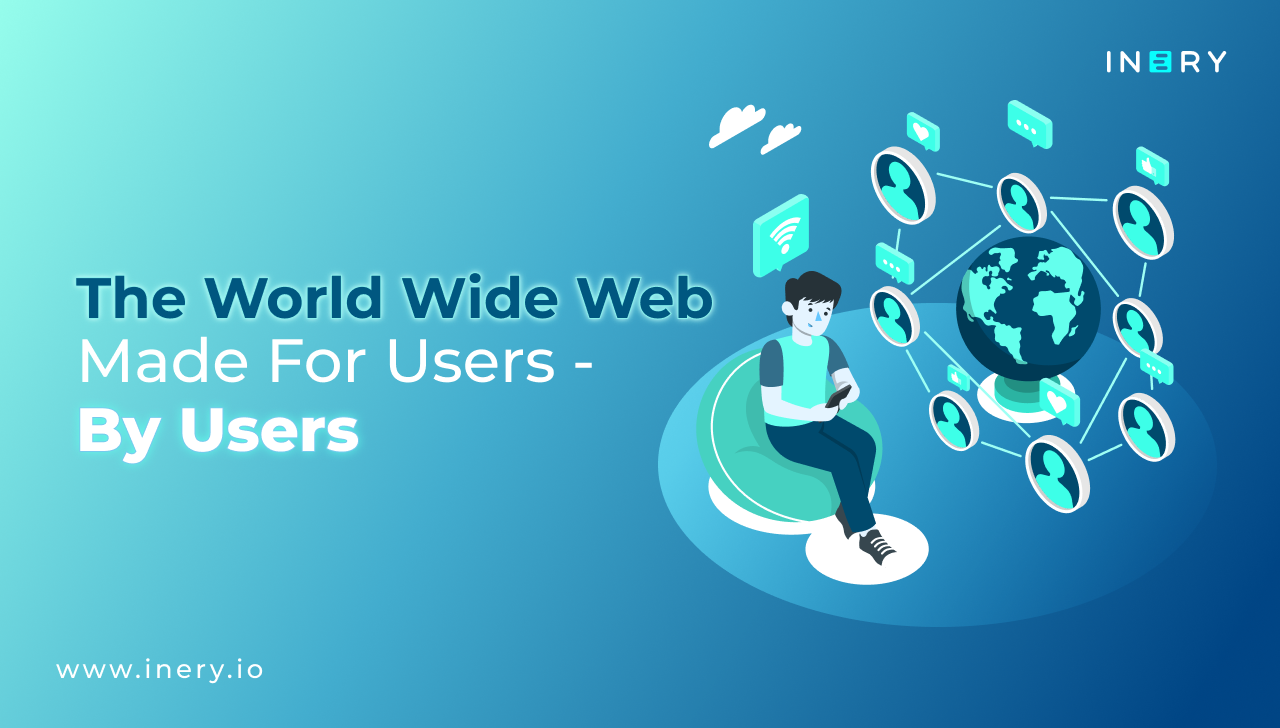
Share

Inery•
1 year ago
Inery vs. Redis: Which Database Powers The Future?
Choosing the right database is crucial. Compare Inery and Redis to understand their unique features and decide which one aligns best with your data strategy. ...READ MORE
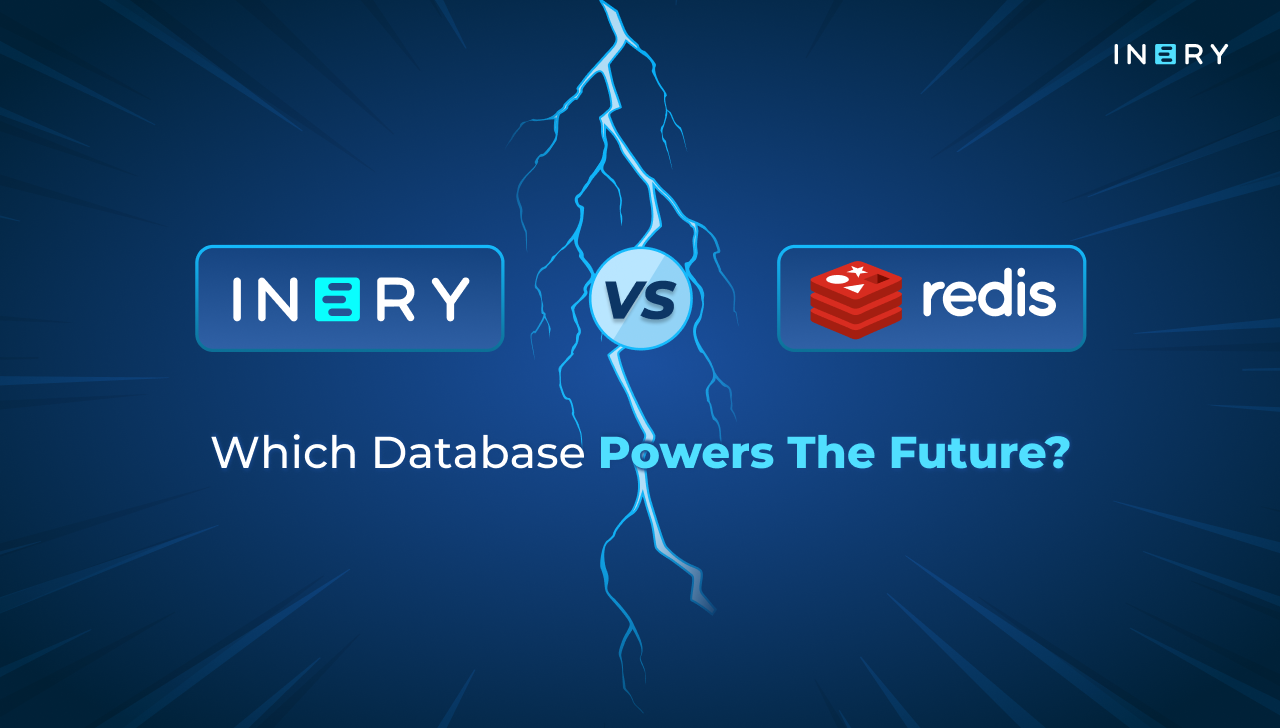
Share
Most popular today

